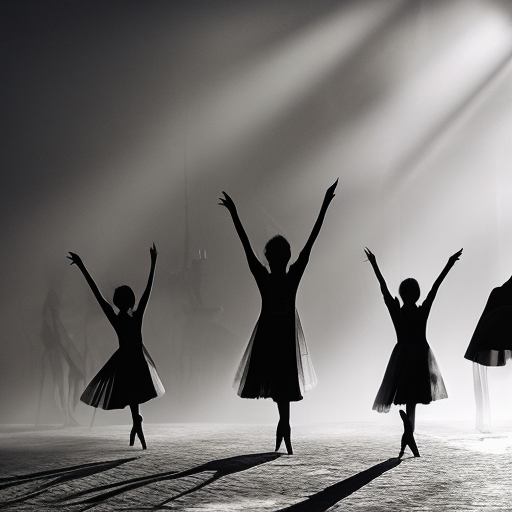Cinematography:
Cinematography is the art and technique of capturing and manipulating images on film or digital media to create visually stunning and compelling stories. It involves the use of various camera techniques, lighting, composition, and movement to enhance the storytelling and evoke emotions in the audience.
Camera Techniques:
Cinematographers employ a range of camera techniques to capture scenes effectively. These techniques include:
- Shot Types: Cinematographers use different shot types to convey specific meanings and emotions. Wide shots establish the setting and context, while close-ups focus on the details and emotions of the characters.
- Angles: The choice of camera angle can greatly impact the audience’s perception of a scene. Low angles make characters appear powerful or intimidating, while high angles can make them seem vulnerable or weak.
- Movement: Camera movement can add dynamism and energy to a scene. Techniques such as panning, tracking, and crane shots allow cinematographers to follow characters or objects, creating a sense of immersion and engagement.
Lighting:
Lighting is a crucial element in cinematography as it sets the mood, highlights important details, and creates depth and dimension. Cinematographers use different lighting techniques to achieve their desired effects:
- Three-Point Lighting: This technique involves using three key light sources: the key light, the fill light, and the backlight. The key light is the main source of illumination, the fill light softens shadows, and the backlight separates the subject from the background.
- High Key and Low Key Lighting: High key lighting uses bright, even lighting to create a cheerful or upbeat atmosphere, while low key lighting uses strong contrasts between light and shadow to create a mysterious or dramatic effect.
- Natural Lighting: Some cinematographers prefer to use natural lighting to create a realistic and authentic look. This technique requires careful planning and often involves shooting during specific times of the day to capture the desired lighting conditions.
Composition:
Composition refers to the arrangement of elements within the frame. Cinematographers carefully consider the placement of characters, objects, and backgrounds to create visually appealing and meaningful compositions:
- Rule of Thirds: The rule of thirds divides the frame into nine equal parts using two horizontal and two vertical lines. Cinematographers often place important elements along these lines or at their intersections to create balance and visual interest.
- Leading Lines: Leading lines are lines within the frame that guide the viewer’s eye towards the main subject. Cinematographers use roads, fences, or other elements to create leading lines and draw attention to specific areas of the frame.
- Foreground and Background: By carefully selecting what appears in the foreground and background, cinematographers can create depth and add layers of meaning to a scene. The foreground can provide context or frame the main subject, while the background can add visual interest or symbolism.
Movement:
Movement in cinematography can be achieved through camera movement, character movement, or a combination of both. It adds energy, rhythm, and visual interest to a scene:
- Camera Movement: Cinematographers use various techniques such as tracking, panning, and tilting to follow characters or objects, create a sense of motion, or reveal new information. Steadicams and drones have also expanded the possibilities for fluid and dynamic camera movement.
- Character Movement: The way characters move within the frame can convey their emotions, intentions, and relationships. Slow and deliberate movements can create tension, while fast and erratic movements can convey excitement or chaos.
In conclusion, cinematography is a vital aspect of filmmaking that involves the skillful use of camera techniques, lighting, composition, and movement to create visually captivating and emotionally resonant stories. Cinematographers play a crucial role in bringing the director’s vision to life and engaging the audience through their mastery of visual storytelling.












